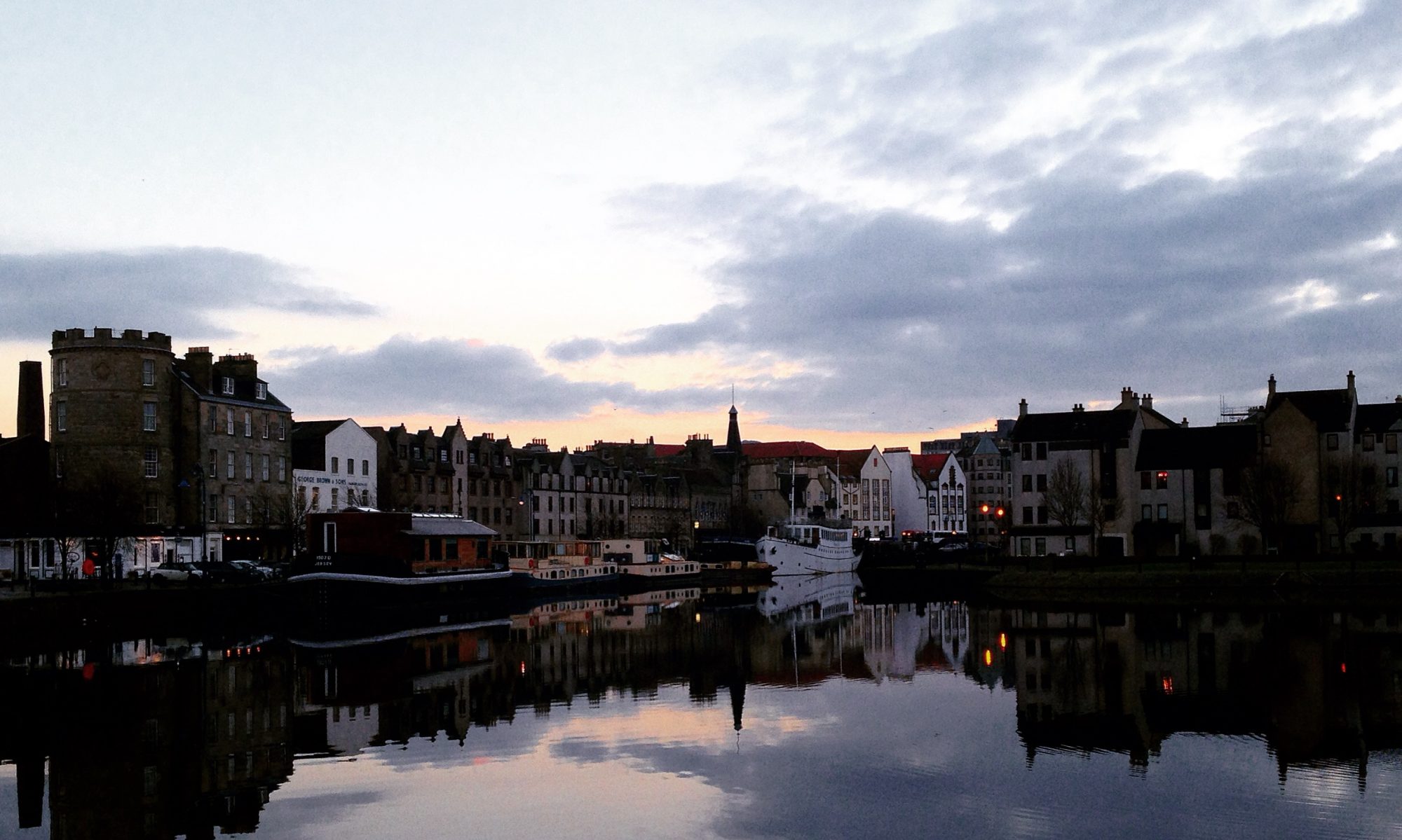A Transformation in the Study of Robert Burns and Myth
This was my first tutorial for Liberal Studies and I came into it with grand ideas but a unclear understanding of the direction I intended to go in. I knew that I wanted to focus on Scottish folklore and through analytical readings of select myths combined with secondary academic sources, I would thought to try to understand how they are transmitted through time. I’d had the thought to look at the same version of a single folk-tale to compare how they were told in different books, during different periods of time to see if events or moods in history was represented in them. However, as stories of mythology and folklore are usually born out of oral traditions, finding dates for them is a precarious job. Even in the various poetry, ballad and anthology books I had, the dates were often omitted and any history I would have pulled out of them would have been purely conjecture and based of very little evidence. When discussing this with my advisor, I instead proposed that I try studying a single myth and chose to focus on Robert Burns’ famous narrative poem “Tam o’ Shanter.” From there, my advisor suggested was helpful in giving the tutorial a bit more of a structured direction and offered several academic sources that were studies on Burns’ work, romanticism and antiquarianism in Scotland and the British Isles. It would be from there that my focus narrowed and took off into a direction different from where I had intended but remained relevant to the nature of myth and the author himself.
Robert Burns is a poet that many scholars like to postulate on from his creative style and form; his supposed leanings on politics, religion and gender; to the historical relevance of his work Scottish Romanticism; and even Burns’ role on the present day. Due to his popularity, there is a wealth of academic work ready to be sifted through, narrowed down and refined to fit any academic’s subject. After my advisor’s advice to explore academia on Burns and romanticism, I found it much easier to narrow down my own research parameters and my first response was on an article that discussed the role that Burns’ work had on antiquarianism in Scotland, especially Galloway, where his poem “Tam o ’Shanter” is set. The article encouraged me to delve deeper into that theme and from there I was keen to look at the poem from a historical viewpoint so that I could begin to understand what role politics, place and language had on the creation, publication and reception of Robert Burns’ retelling of a local Scottish myth. My second response paper focused largely on expanding these themes with support from secondary sources to that reinforced the idea from the first paper while adding more context in the influences at Burns’ time. Though I’d done a great deal of research and reading, eliminating and selecting secondary text, my adviser suggested that I use the knowledge and themes from my previous work to do a close reading of the poem “Tam o’ Shanter” itself. This final project was the most interesting as it gave me the occasion to look at the poem from new eyes, and with a fresh understanding of just how well written the poem is from a historical context with his careful choice of language and dialect, and its integral ties to place.
Overall, I enjoyed the investigation element of this first tutorial, and the connections I made from the reading the secondary source materials when examining the poem. I am looking forwards to connecting it with my next tutorial which will be looking at what influences weather and climate had in the past on Scottish folklore.
